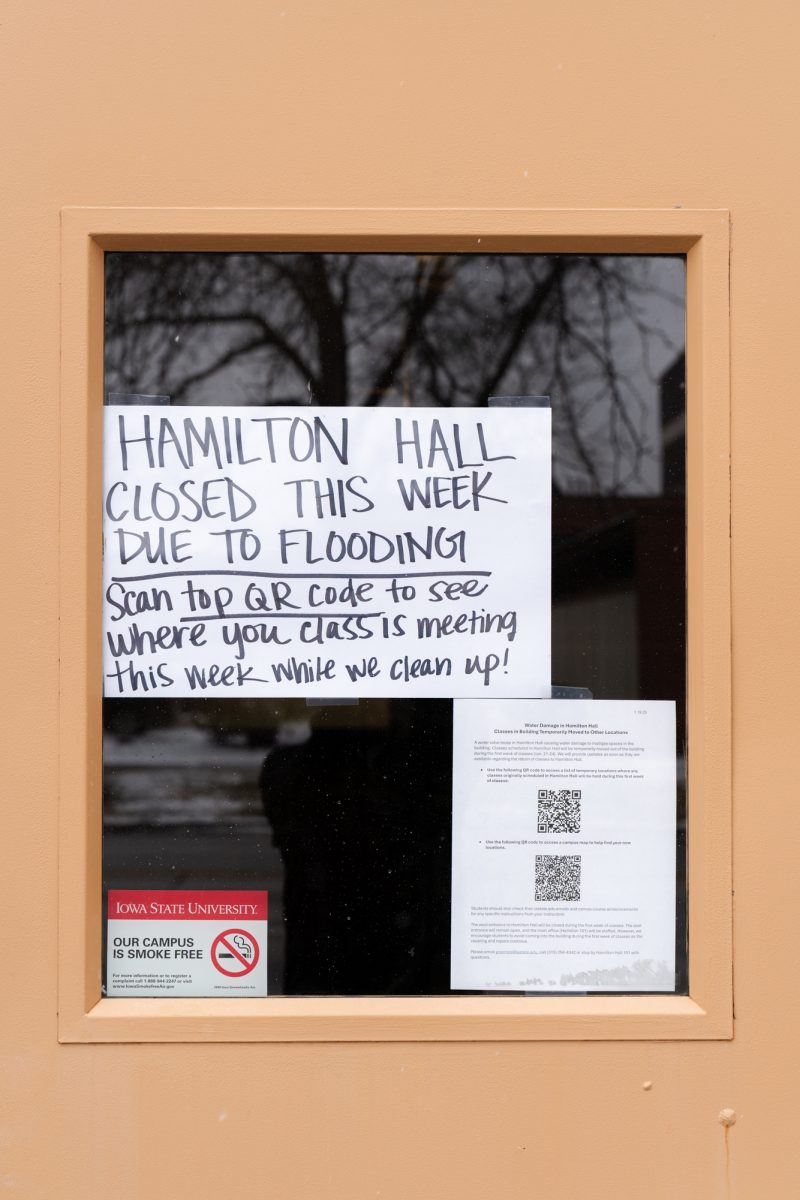Iowa State enters world of ‘virtual education’
September 15, 1996
Virtual reality isn’t just for fun and games anymore.
Education has grabbed the idea of the “virtual classroom” and has hit Iowa State with the arrival of ClassNet, the World Wide Web server that manages class activities over the Internet.
Does this mean students can stop going to class and just hang out with their computers all day? Nice try. Students still must attend class regularly, but they can log into ClassNet to turn in assignments, check their grades, hold class discussions or argue their grade with a professor.
Meanwhile, it also cuts down on work for the teachers. Through ClassNet they can administer tests and assignments, post grades and make announcements all on the Internet.
The ClassNet system was originally designed for a meteorology class by Pete Boyson, the systems analyst at the computation center in Durham, and graduate assistant Mark Van Gorp.
“Mark Van Gorp and I originally built a system to support Dr. Doug Yarger in meteorology, who wanted to have 200-plus students submit several forecasts per week,” Boyson said.
From there the idea expanded to include a plethora of classes. Most instructors inform their students at the beginning of the semester about their virtual option, but students can also find the classes involved listed on the ClassNet homepage.
Students can access ClassNet from anywhere at anytime with a password, which protects all grades and assignment information. For the most part, there haven’t been any problems with people getting into other students’ accounts, Boyson said.
“ClassNet has a proctor option which lets a designated person verify that an assignment was submitted by the correct individual,” he said.
However, guarding against cheating in a virtual classroom is just as difficult as it is in the real world. “For unprotected assignments, cheating is certainly possible. Of course, student-submitted papers can be forged as well,” Boyson said.
Turning in assignments is not the only way to utilize ClassNet. Teachers can use it to help deliver instruction by way of videos, pictures, and even audio. Students can also use ClassNet to talk with their professors.
However, Boyson doesn’t think the use of e-mail will change the frequency of communication significantly, he said.
“Since e-mail and news groups already exist, I doubt that ClassNet by itself will increase communication. It just provides a central site for a common set of resources classes need to function on the web,” Boyson said.
To check out the world of virtual education for yourself find ClassNet at http: //classnet.cc.iastate.edu/






